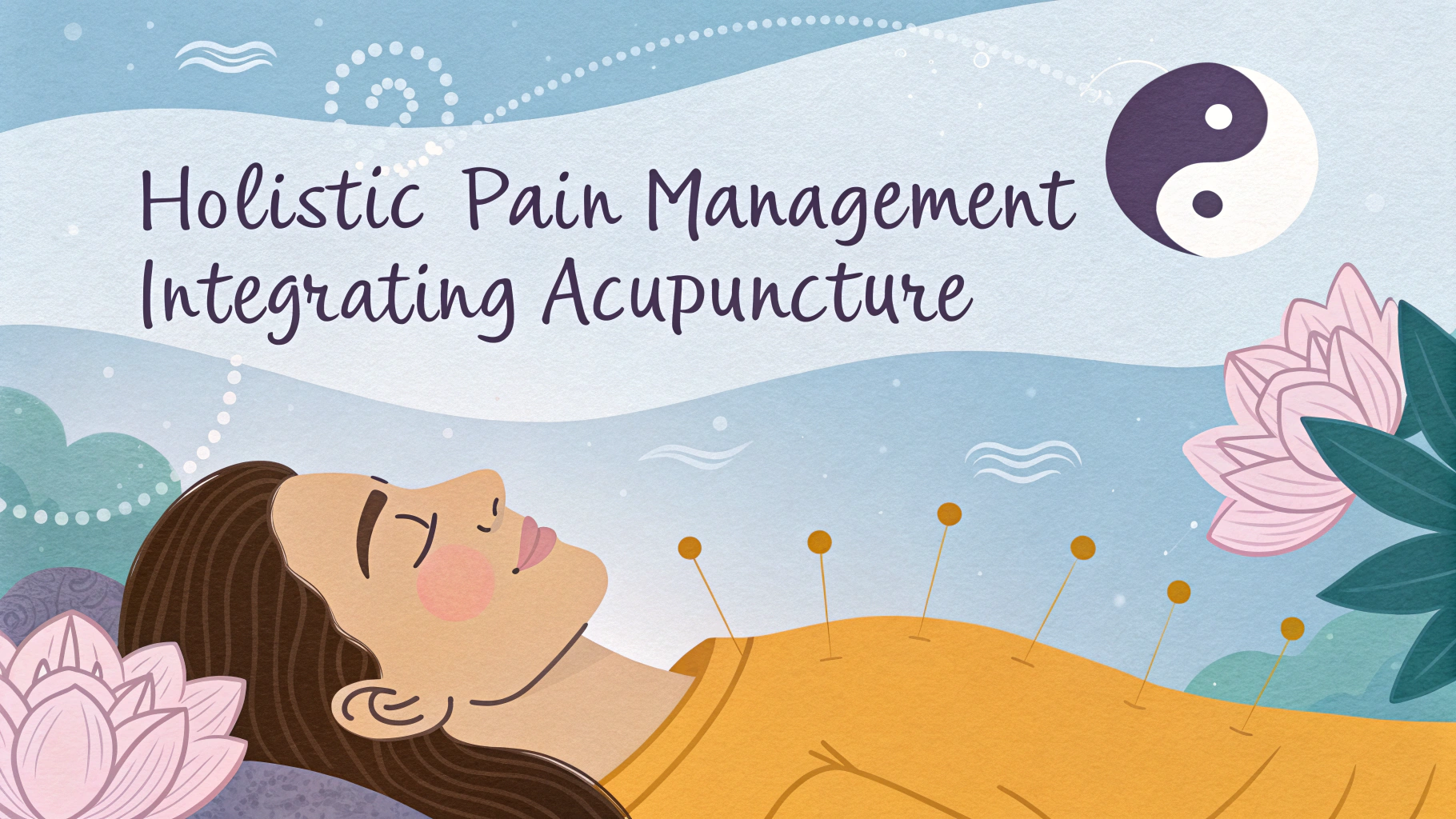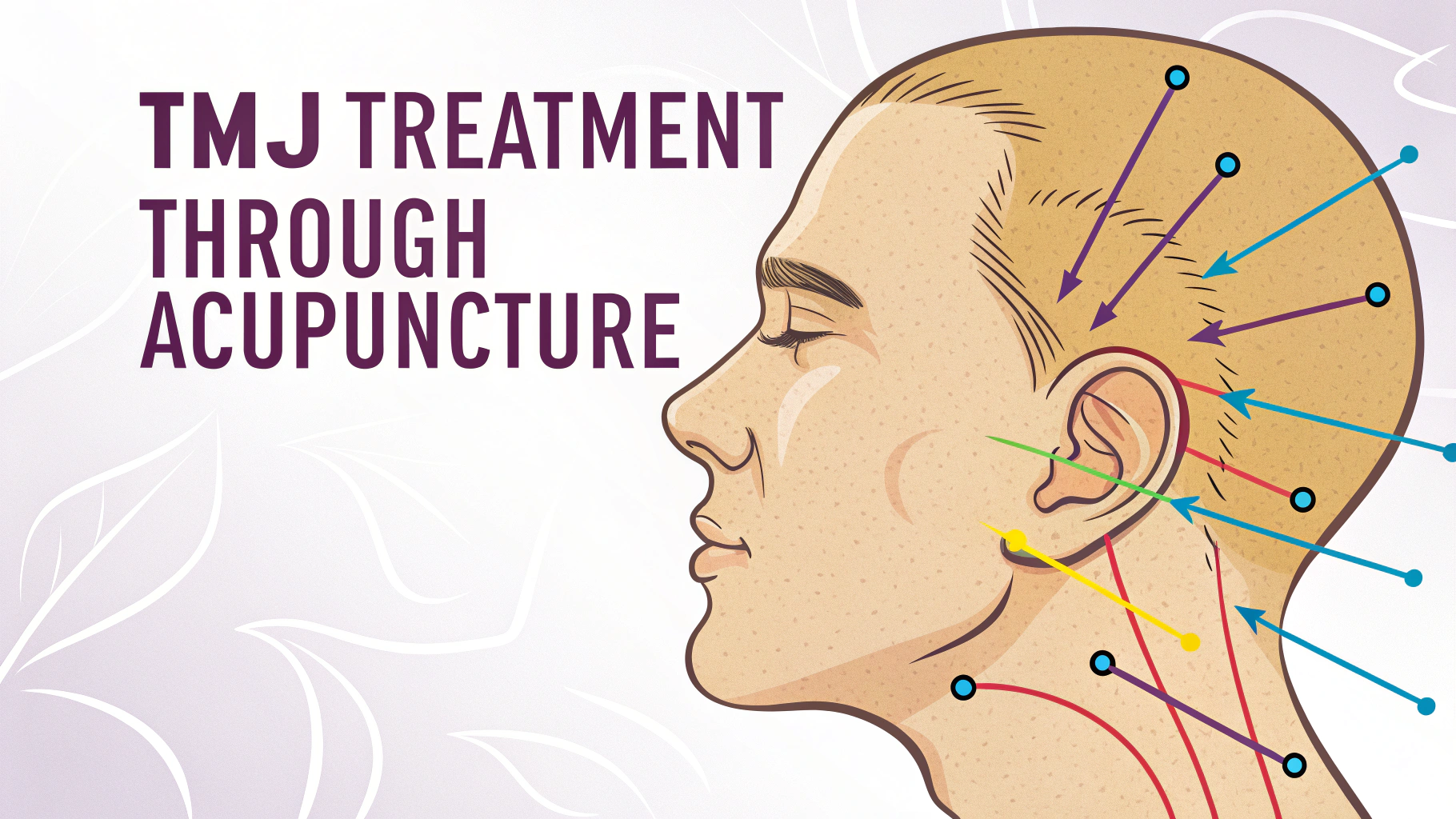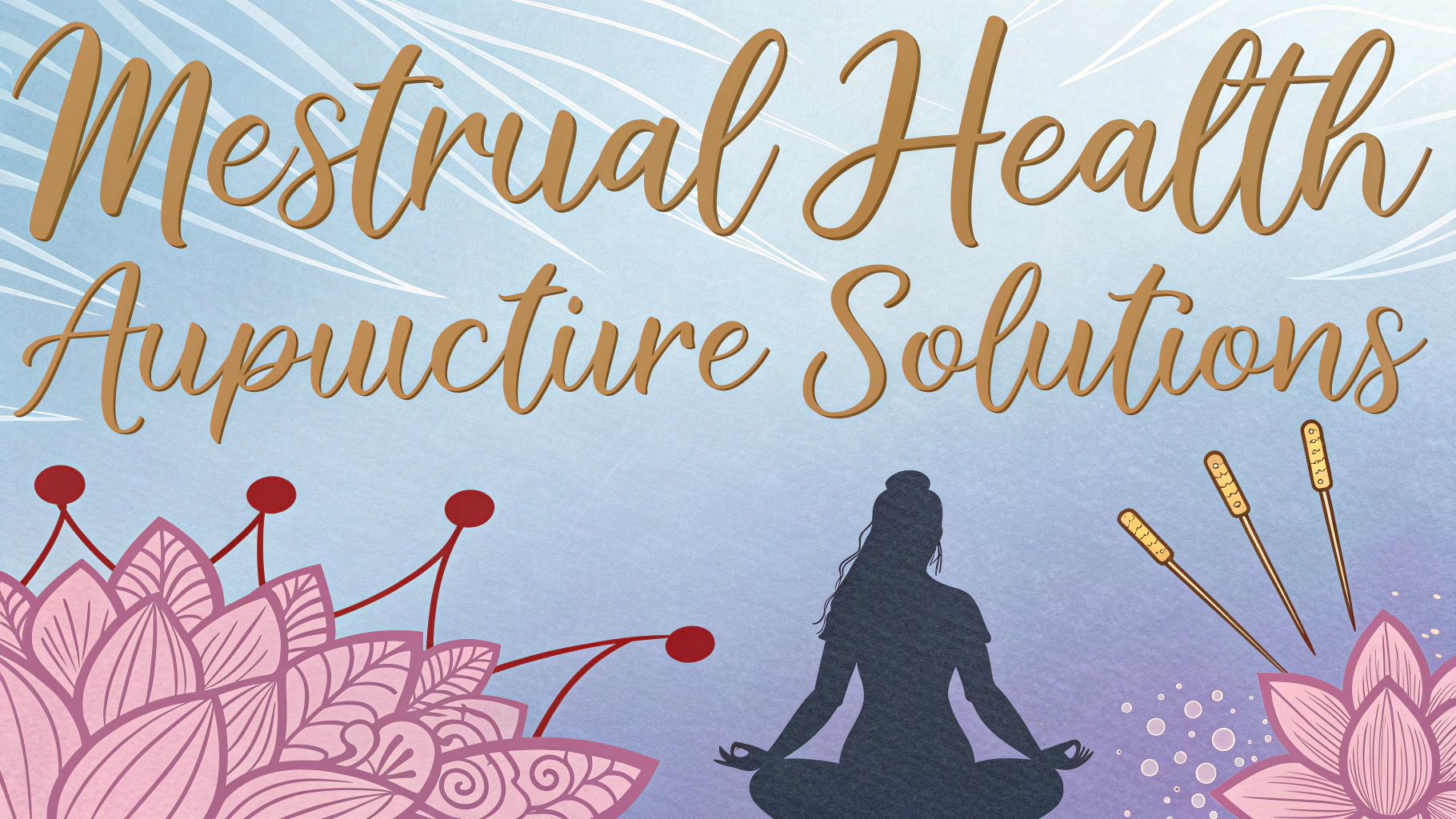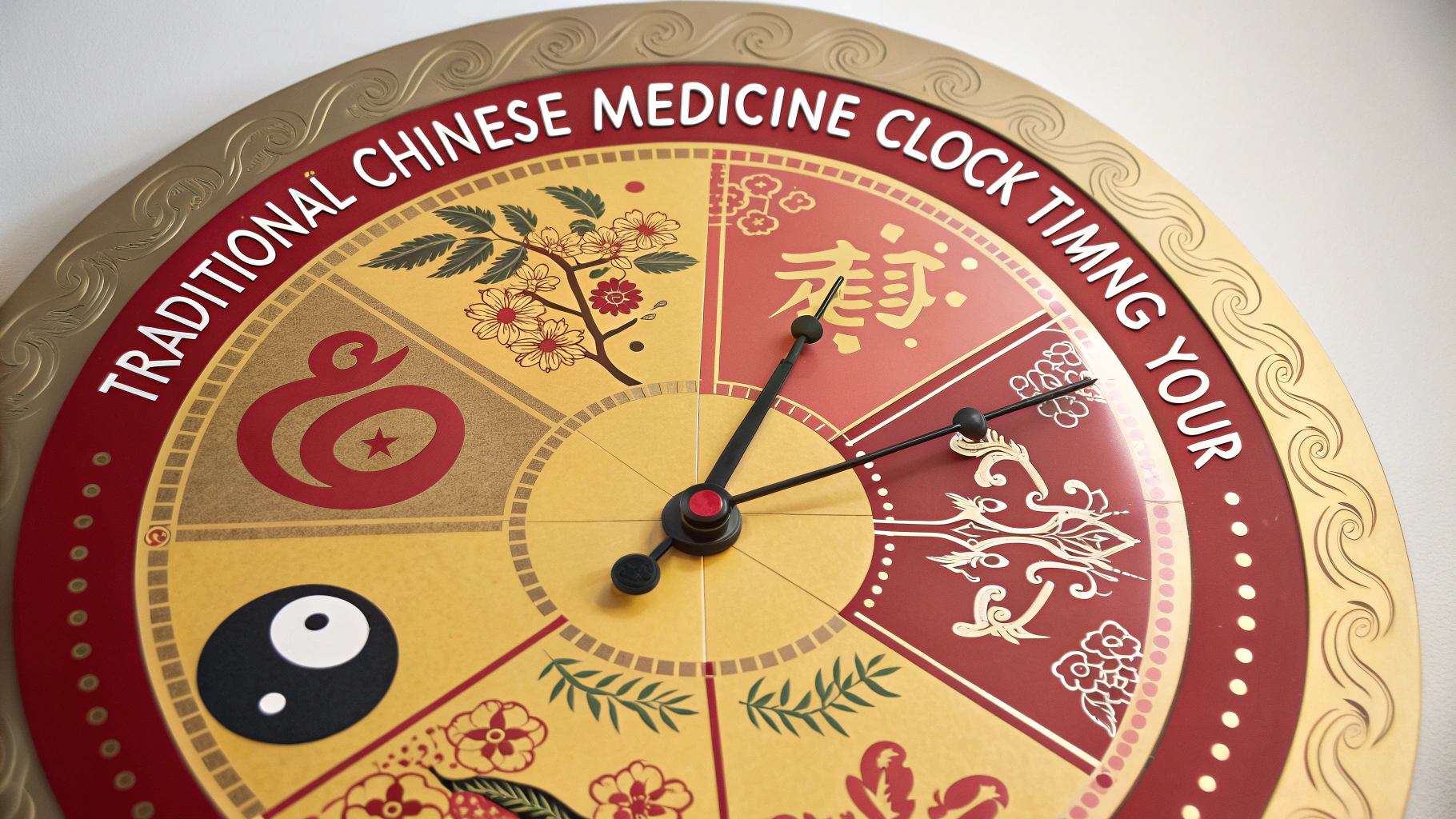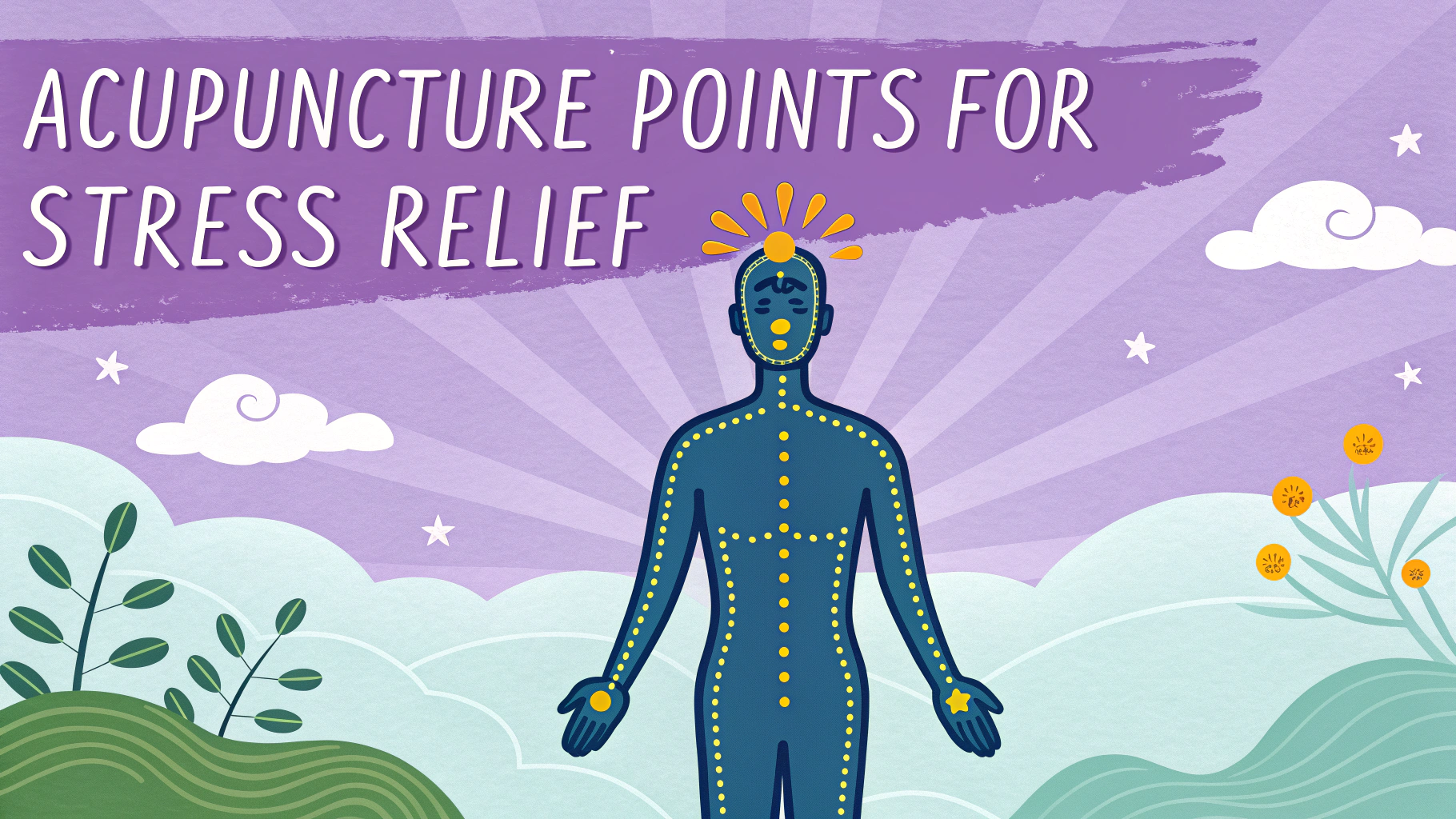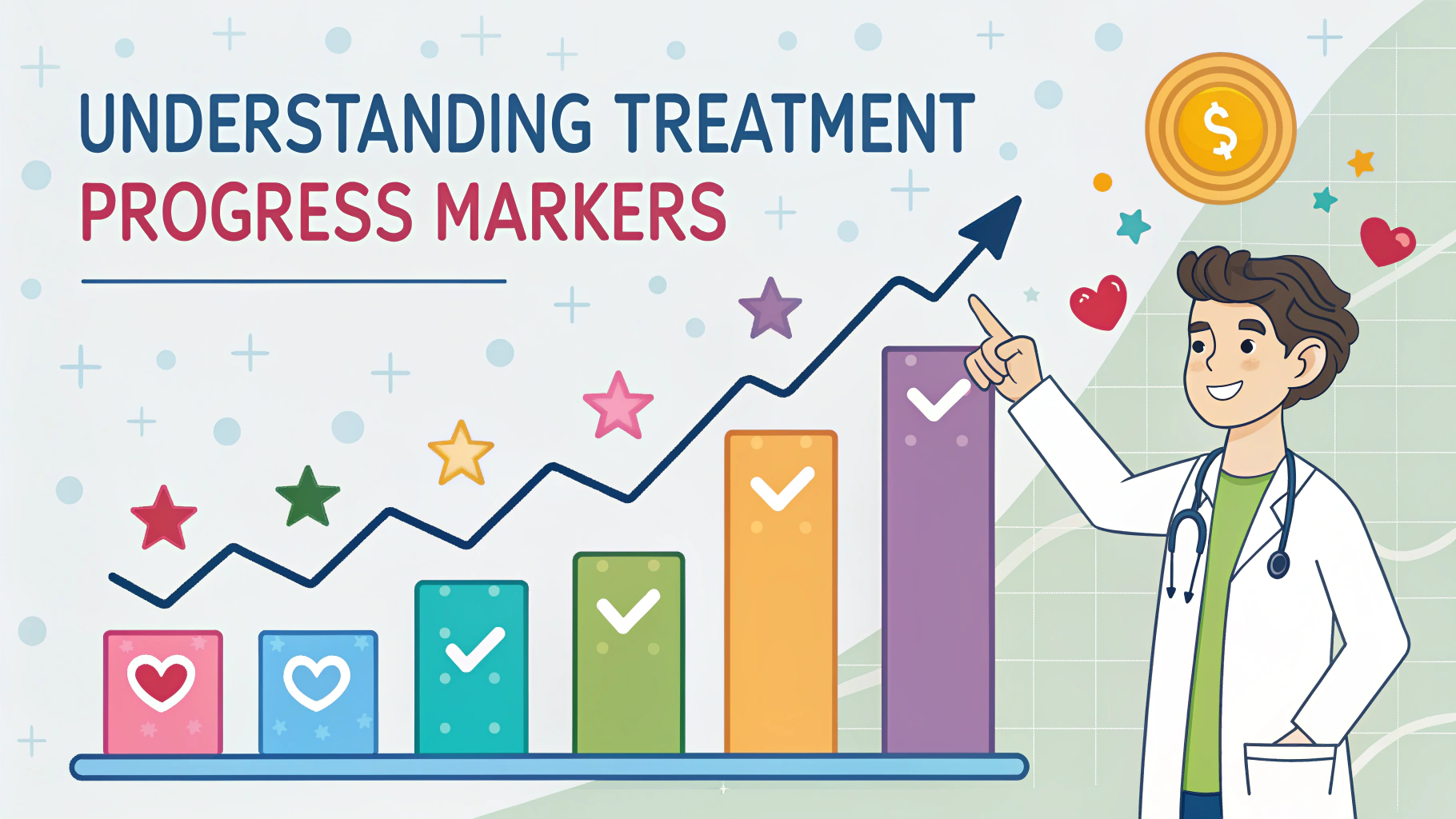Acupuncture offers unique benefits during each stage of pregnancy, supporting both mother and baby through this transformative journey.
Research shows that pregnancy-specific acupuncture can help manage common discomforts while promoting optimal health for both parent and child.
Understanding how treatments adapt to each trimester allows expectant mothers to make informed decisions about their prenatal care.
First Trimester Treatments
Morning sickness relief targets the PC6 point on the inner wrist, often providing immediate nausea reduction.
- Fatigue management through energy-boosting points
- Emotional balance support
- Miscarriage prevention protocols (when indicated)
Second Trimester Focus
Back pain relief becomes a primary focus as the body adapts to changing weight distribution.
- Heartburn and indigestion relief
- Sleep improvement techniques
- Pelvic pain management
Third Trimester Support
Preparation for labor becomes the main priority during final trimester treatments.
- Optimal fetal positioning
- Cervical ripening techniques
- Natural labor induction (after week 37)
Treatment Frequency Guidelines
| Trimester | Recommended Frequency | Focus Areas |
|---|---|---|
| First | Every 1-2 weeks | Nausea, fatigue |
| Second | Every 2-3 weeks | Pain management |
| Third | Weekly | Birth preparation |
Safety Considerations
Always choose a licensed acupuncturist with specific training in prenatal care.
- Verify practitioner credentials through state licensing boards
- Inform your healthcare provider about acupuncture treatments
- Report any unusual symptoms immediately
Finding Qualified Practitioners
Contact the National Certification Commission for Acupuncture and Oriental Medicine (NCCAOM) at 1-888-381-1140 for verified practitioners in your area.
- Check state licensing requirements
- Ask about pregnancy-specific experience
- Request references from previous prenatal patients
Next Steps for Your Pregnancy Journey
Schedule a consultation with a prenatal acupuncture specialist to create a personalized treatment plan.
- Bring medical records and pregnancy history
- Discuss current symptoms and concerns
- Set clear treatment goals and expectations
Insurance and Payment Options
Understanding financial coverage for prenatal acupuncture helps make treatment more accessible.
- Check insurance coverage for complementary medicine
- Inquire about sliding scale payment options
- Consider FSA/HSA account usage
Combining Acupuncture with Other Prenatal Care
Integrative approaches often yield the best results for pregnancy wellness.
- Coordination with obstetrician or midwife
- Complementary prenatal massage options
- Integration with childbirth education classes
Recommended Timeline
Strategic timing of complementary therapies enhances their effectiveness.
- Start acupuncture early in pregnancy
- Align treatments with prenatal check-ups
- Increase frequency as due date approaches
Building Your Pregnancy Wellness Team
Creating a supportive network of healthcare providers ensures comprehensive prenatal care.
- Maintain open communication between providers
- Keep detailed treatment records
- Schedule regular care coordination meetings
Empowering Your Pregnancy Journey
Taking proactive steps through acupuncture supports a healthy, comfortable pregnancy experience.
- Trust your body’s natural wisdom
- Stay committed to regular treatments
- Document your progress and improvements
FAQs
- What makes trimester-specific acupuncture treatments different from regular acupuncture?
Trimester-specific acupuncture treatments are tailored to address the unique physiological changes and challenges women face during each stage of pregnancy, using specific points that are safe and effective for that particular phase. - Which acupuncture points should be avoided during pregnancy?
Certain points on the lower abdomen, sacral area, and specific points on the legs (SP6) and hands (LI4) should be avoided during pregnancy as they can stimulate uterine contractions. Points on the lower back are also approached with caution. - How often should I receive pregnancy acupuncture treatments during each trimester?
First trimester typically requires 2-4 sessions, focusing on morning sickness and fatigue. Second trimester usually needs monthly maintenance. Third trimester often benefits from weekly sessions, especially from week 36 for birth preparation. - What specific conditions can acupuncture treat during the first trimester?
First trimester acupuncture can help with morning sickness, fatigue, headaches, anxiety, and threatened miscarriage support. Treatment focuses on points above the abdomen and on the extremities. - How does acupuncture support the second trimester of pregnancy?
Second trimester treatments address heartburn, back pain, hip pain, sleep issues, and anxiety. This is also an ideal time for preventive treatment to avoid common third-trimester complaints. - What role does acupuncture play in the third trimester?
Third trimester acupuncture helps with swelling, carpal tunnel syndrome, sciatica, breech presentation (between weeks 32-36), and preparation for labor starting at week 36. - Is acupuncture during pregnancy covered by insurance?
Coverage varies by provider and policy. Many insurance companies cover acupuncture for pregnancy-related conditions, particularly for morning sickness and back pain. A referral from an obstetrician may be required. - Do I need my healthcare provider’s approval before starting pregnancy acupuncture?
While not always mandatory, it’s recommended to inform your healthcare provider and get their approval, especially if you have a high-risk pregnancy or specific medical conditions. - What credentials should I look for in a pregnancy acupuncturist?
Look for a licensed acupuncturist with specific training in pregnancy care, certified by the NCCAOM (National Certification Commission for Acupuncture and Oriental Medicine), and experience treating pregnant women. - How long does each pregnancy acupuncture session typically last?
Sessions usually last 45-60 minutes, with the first consultation potentially lasting longer. The actual needle retention time is typically 20-30 minutes.


